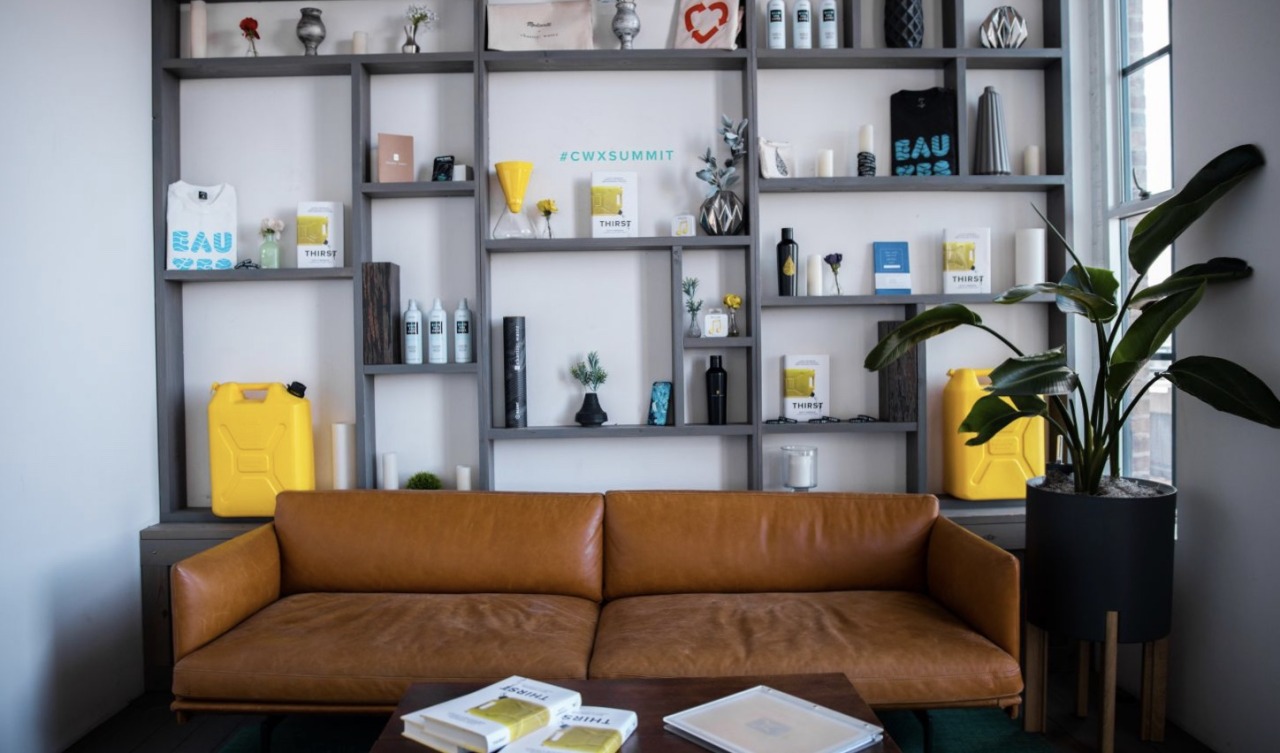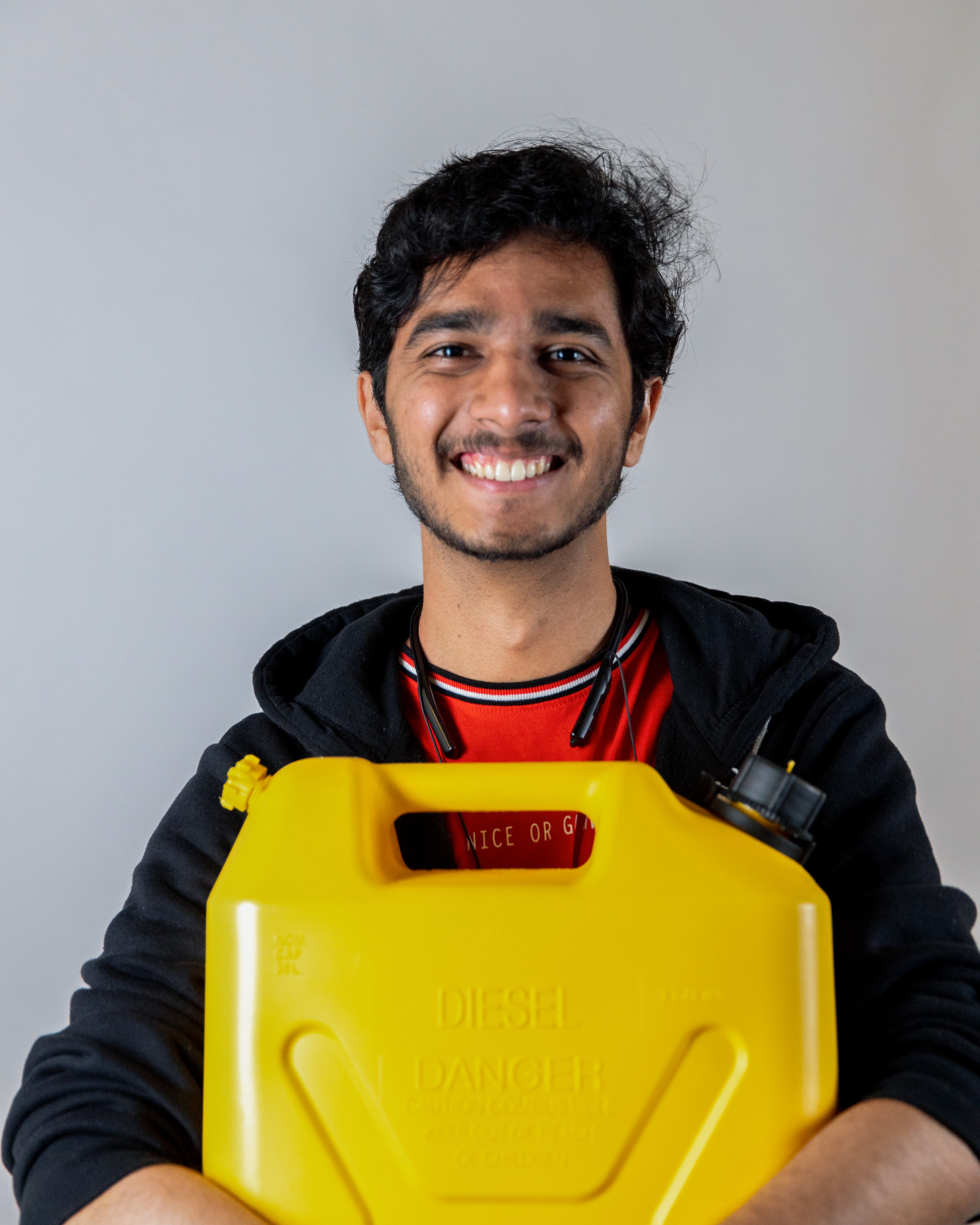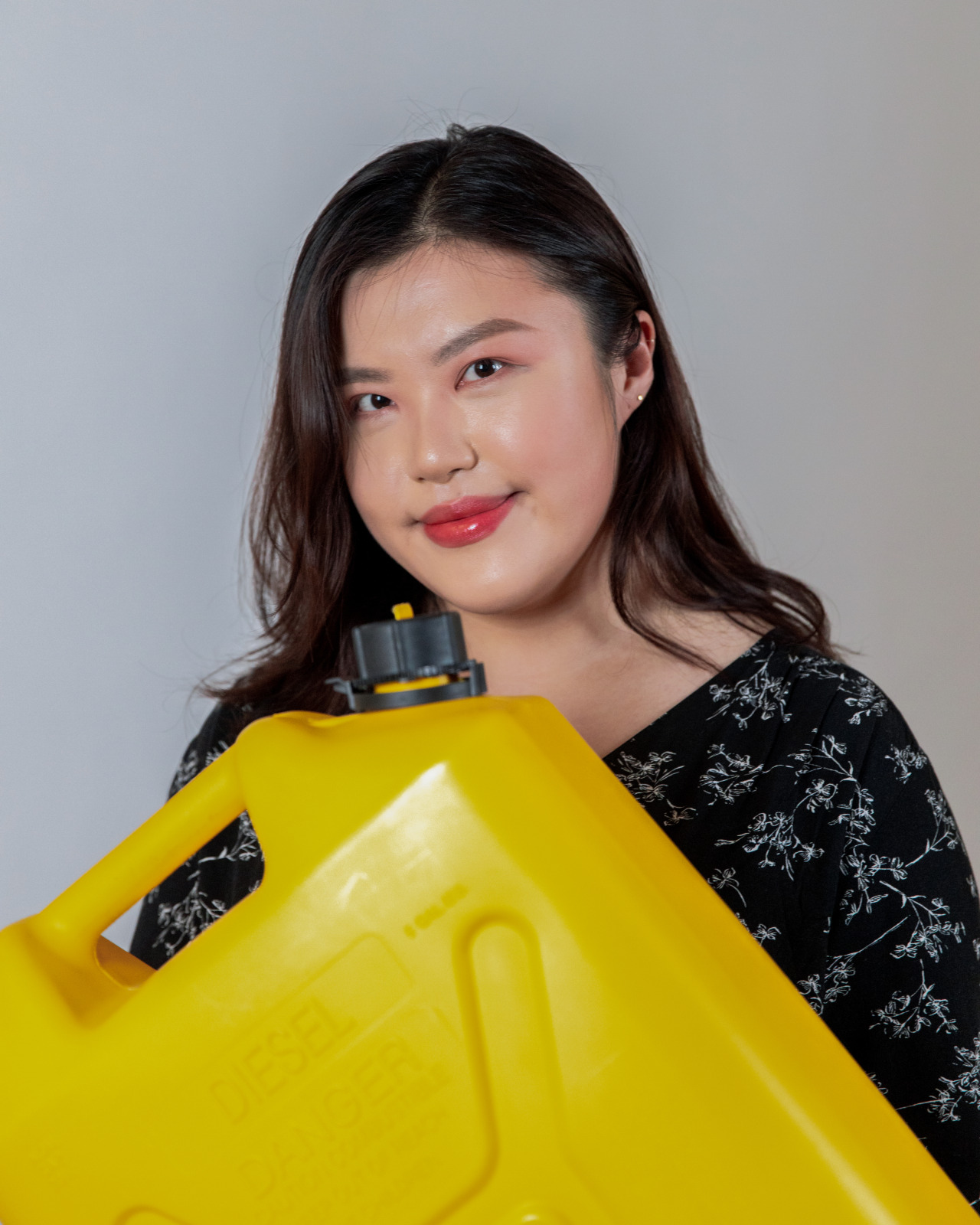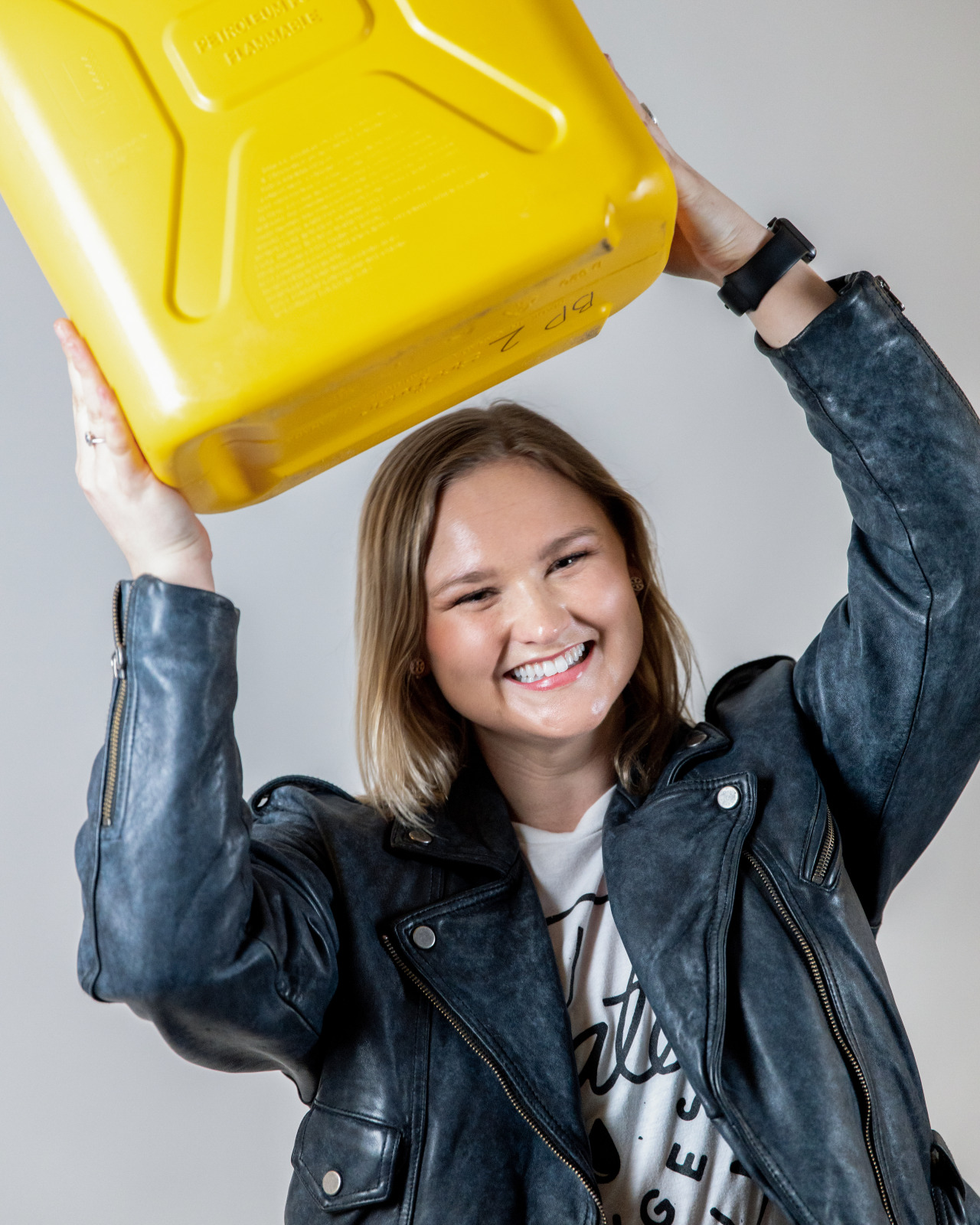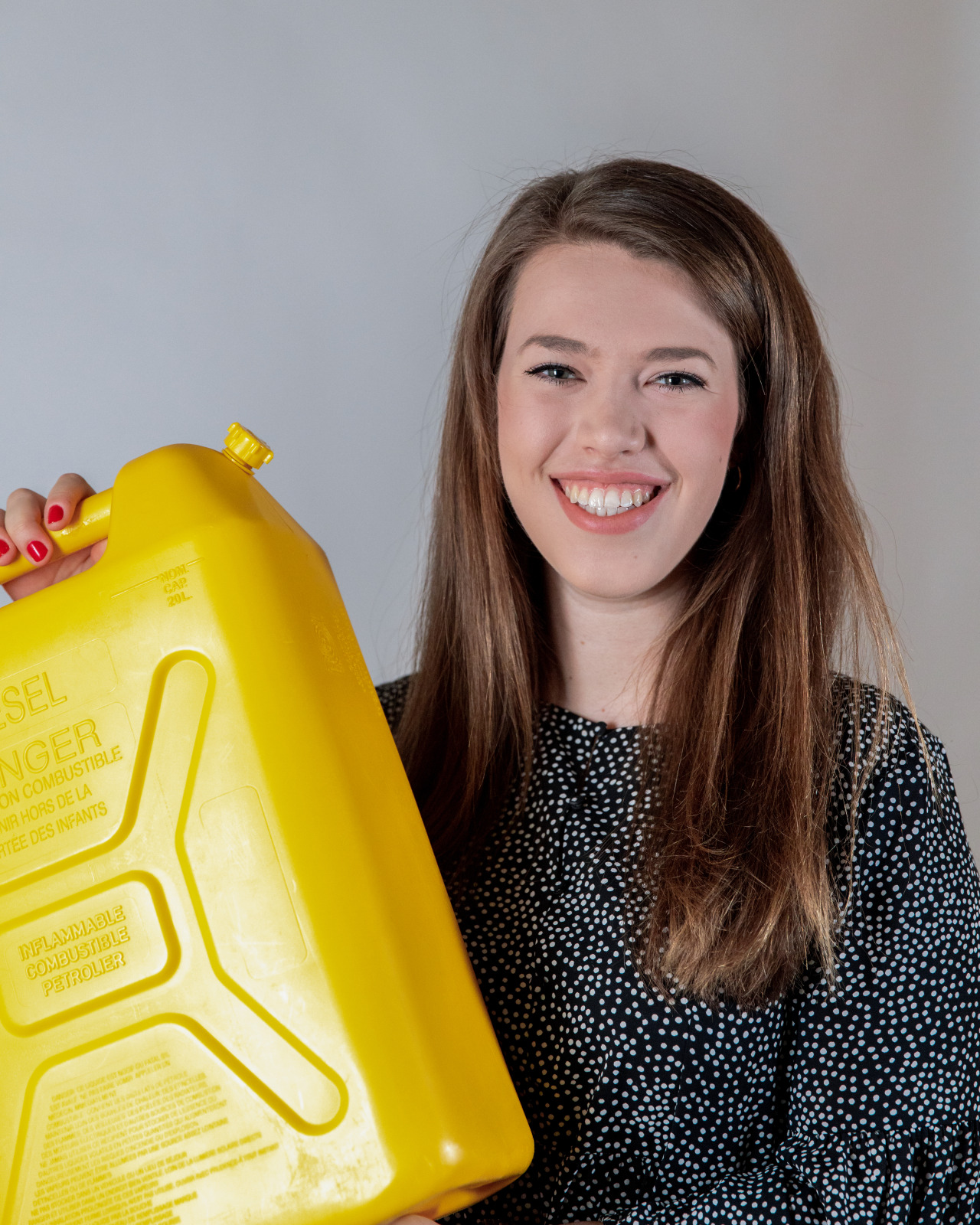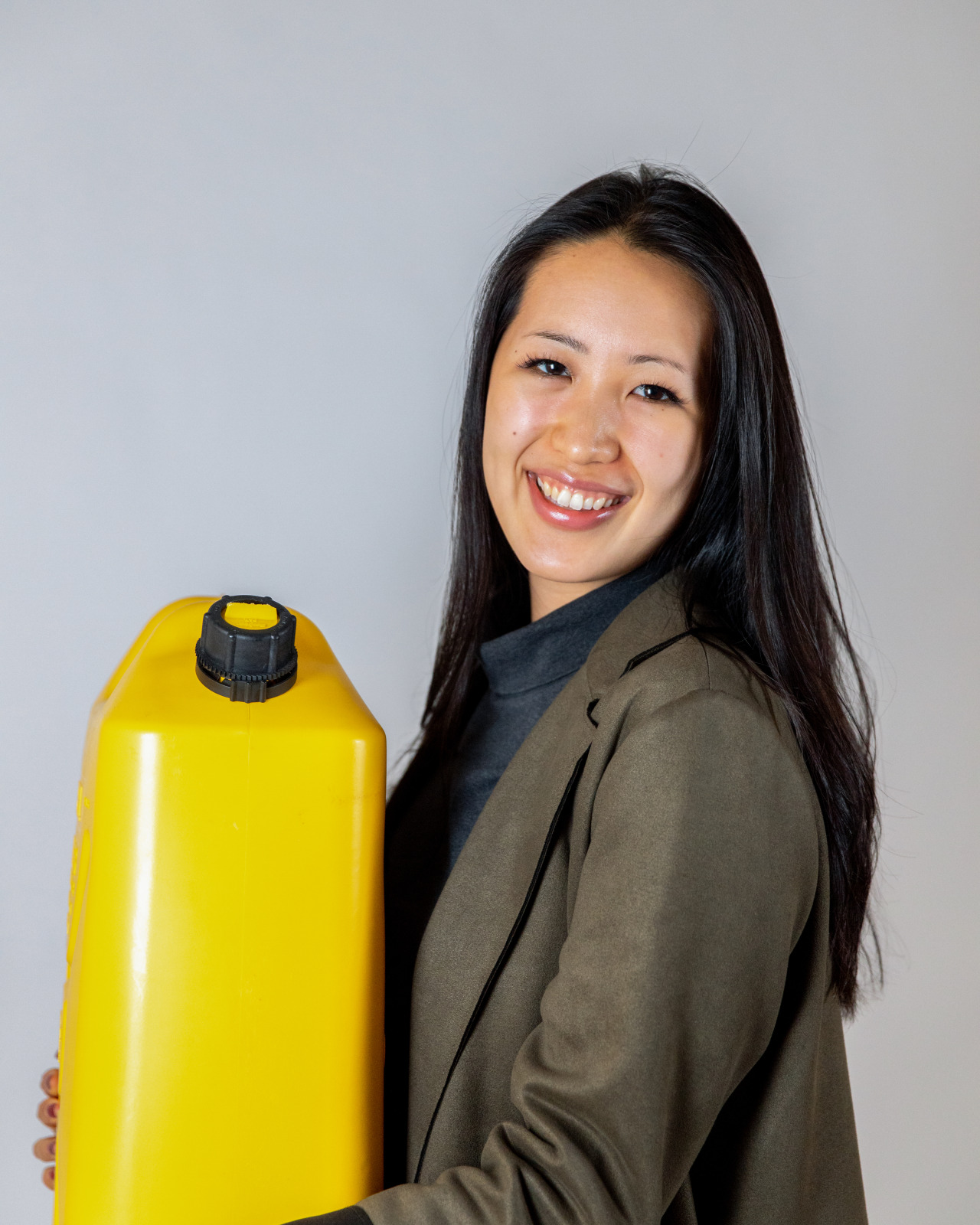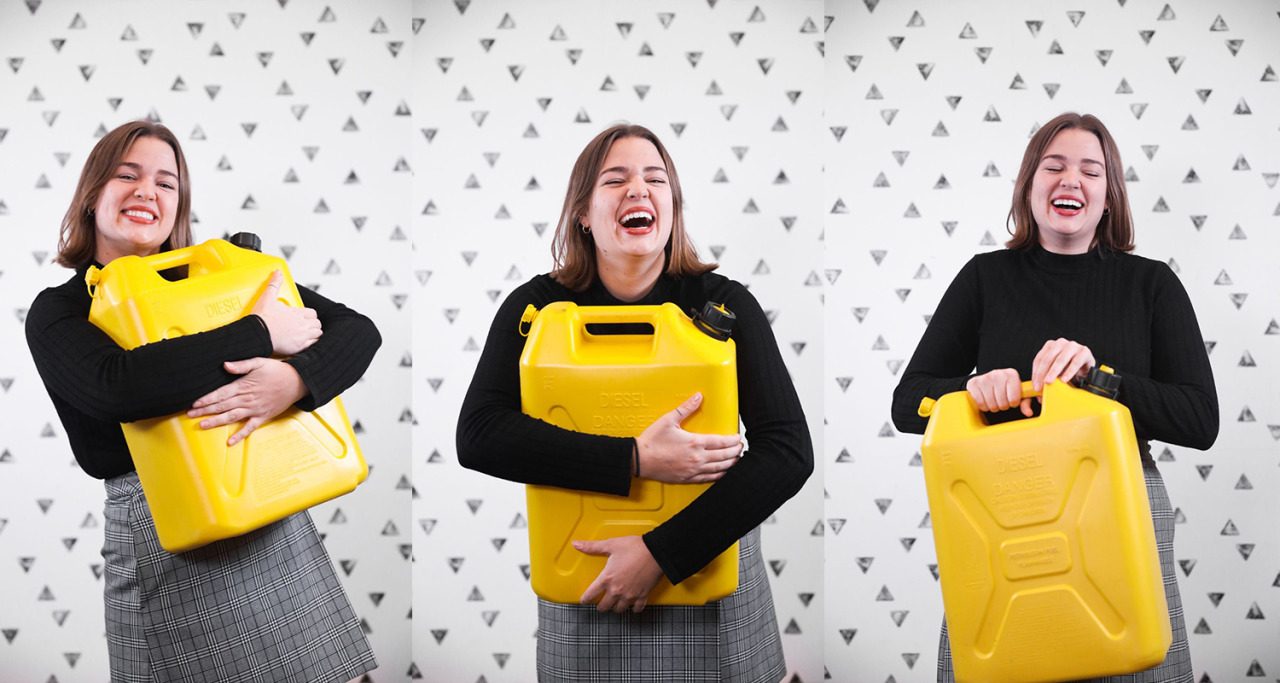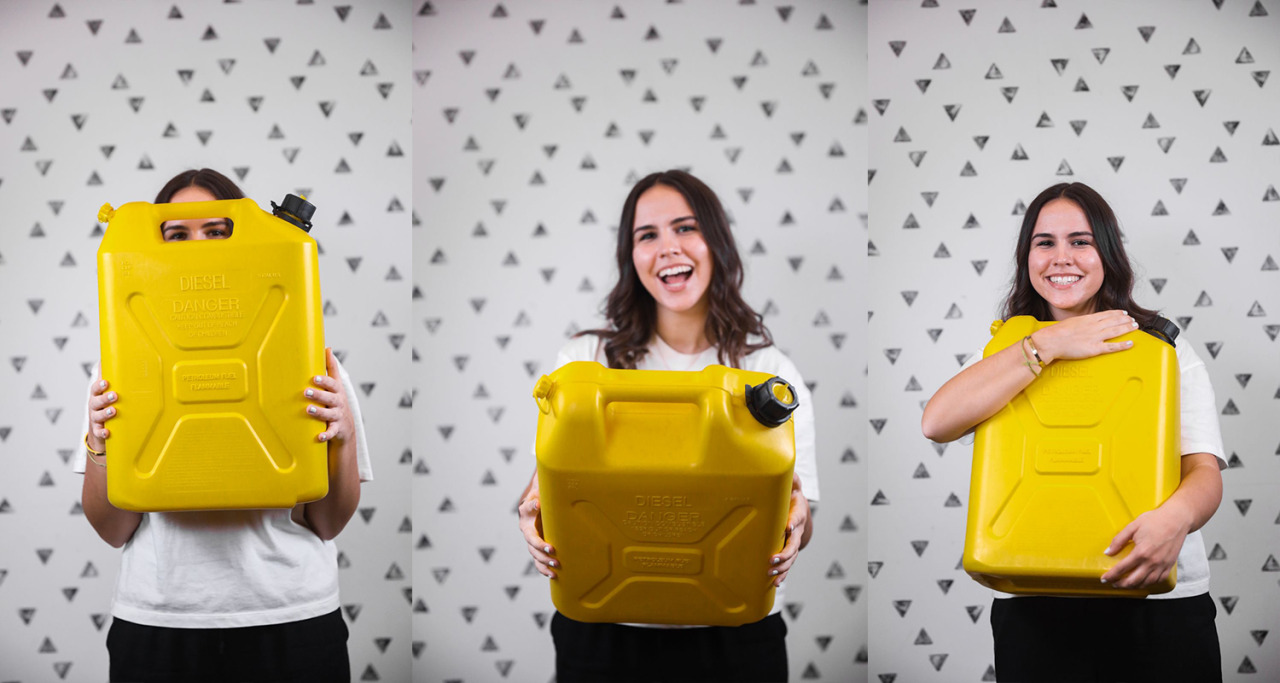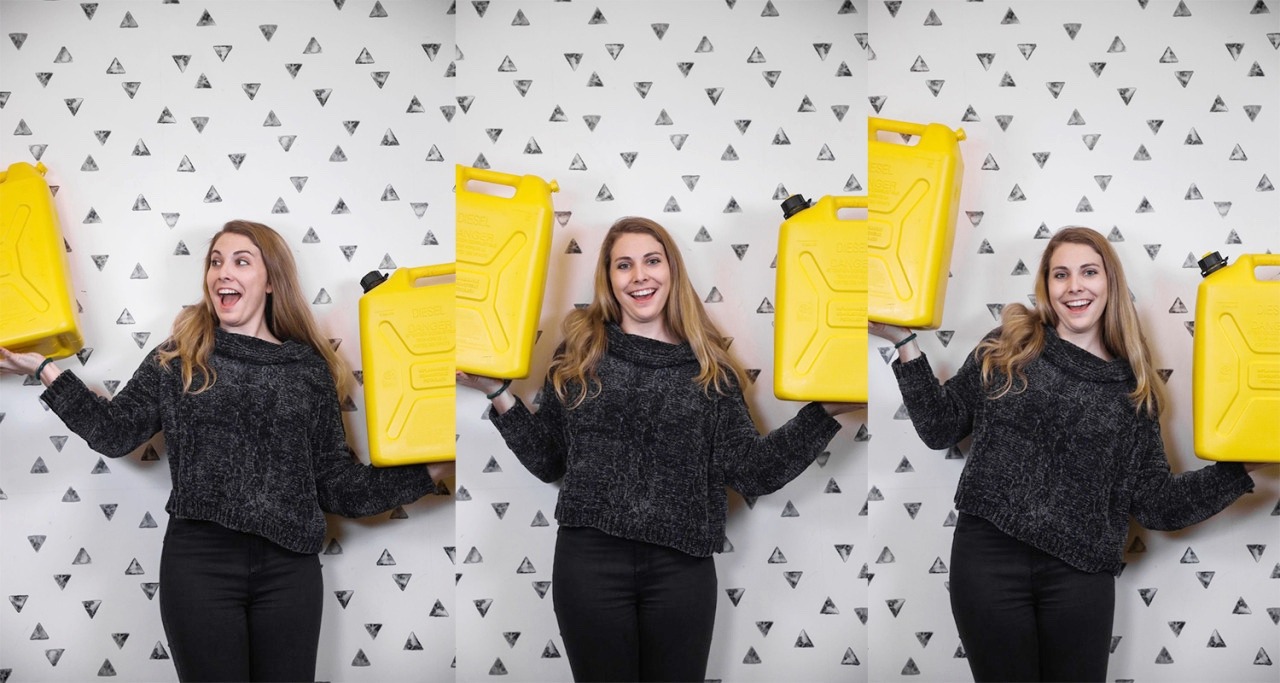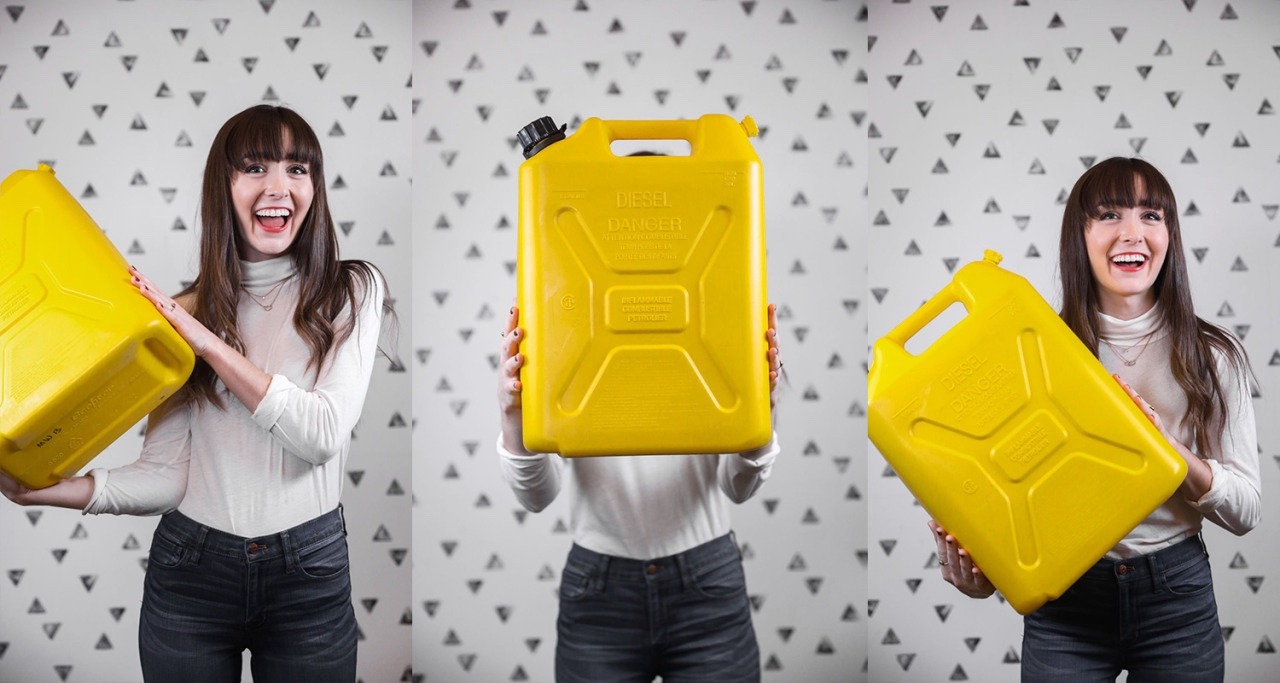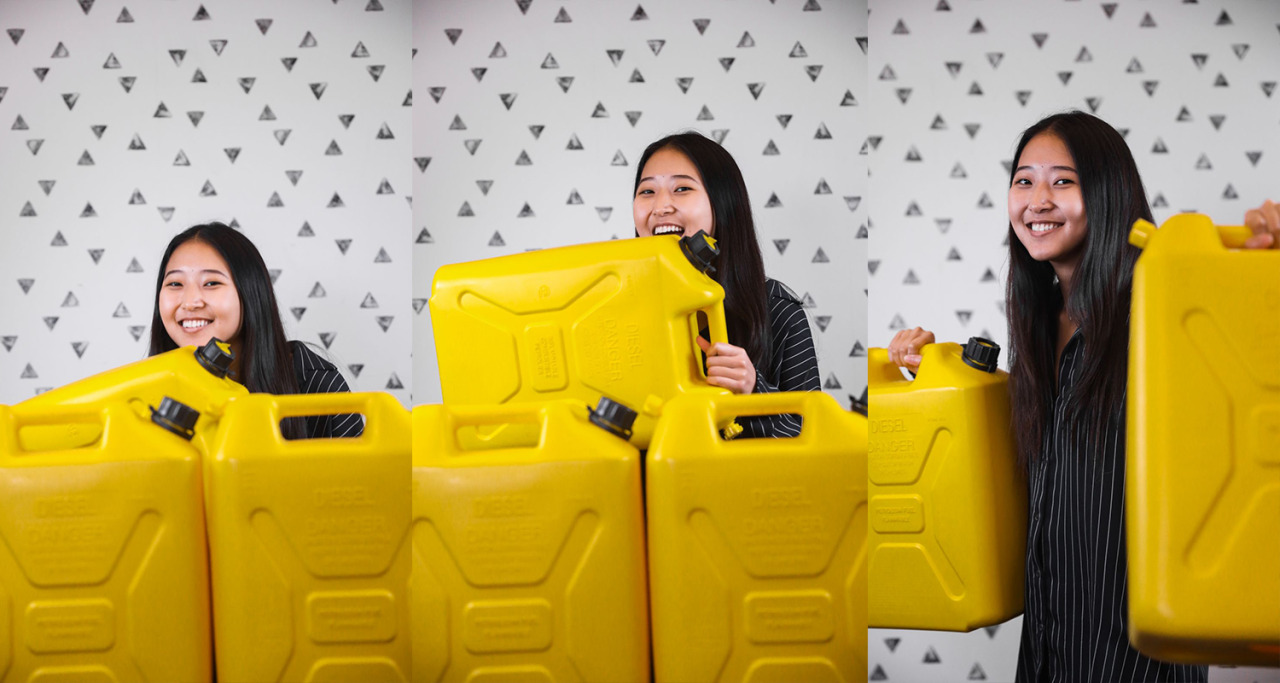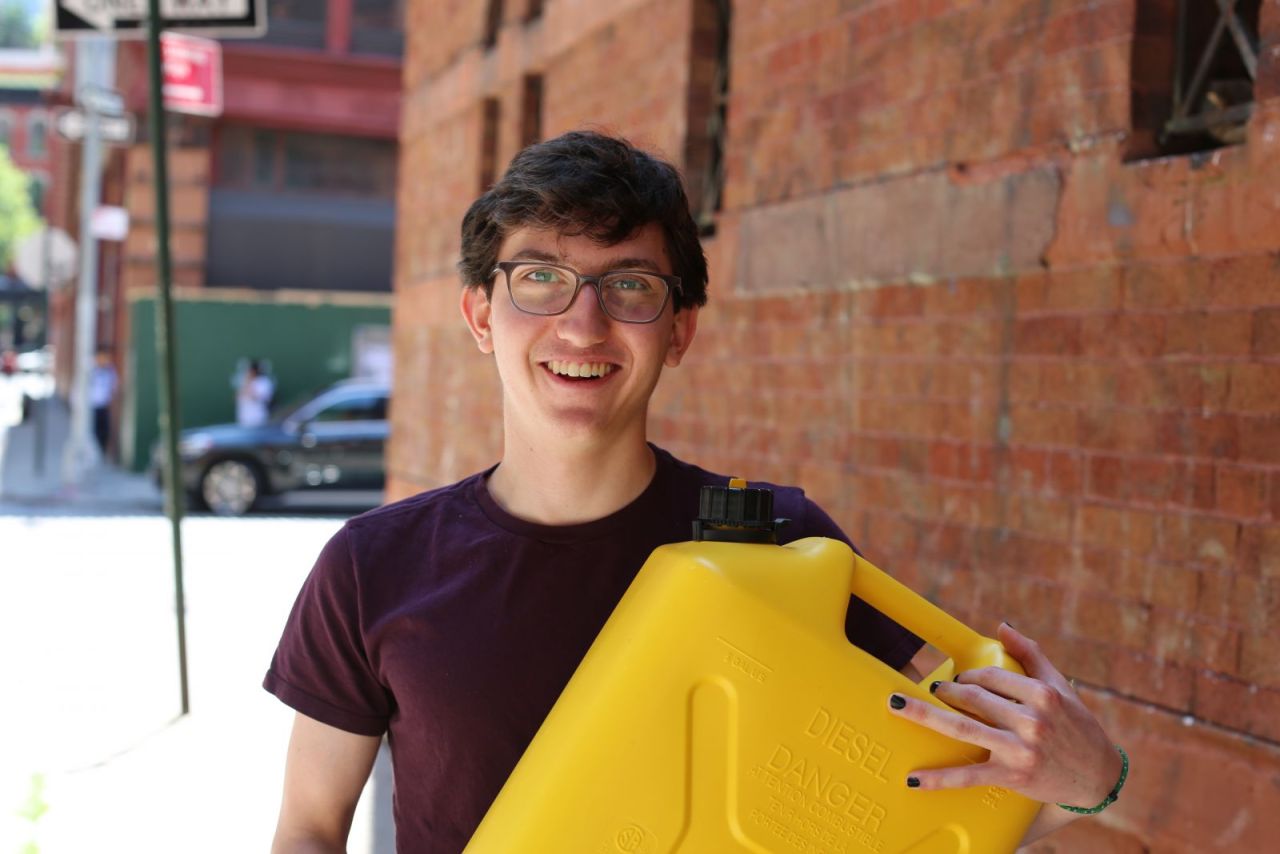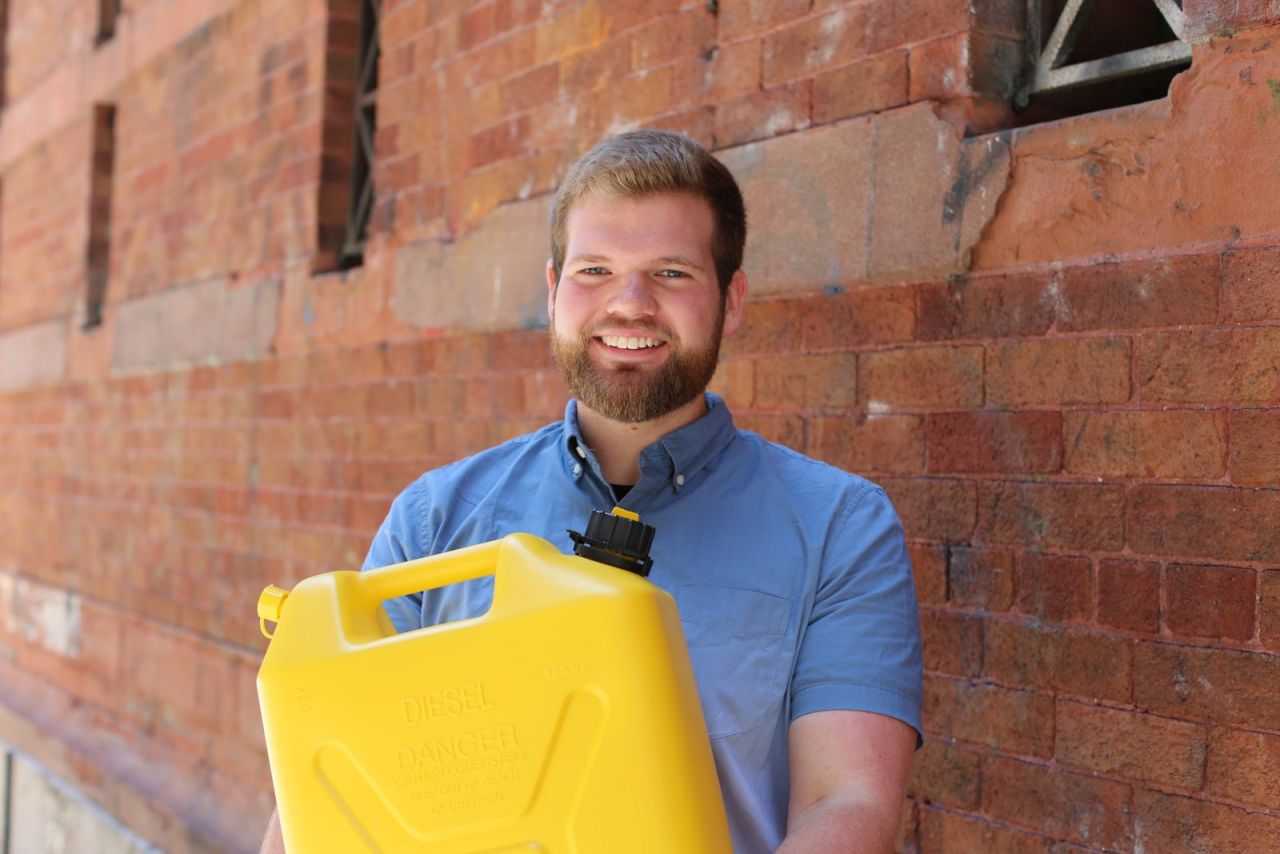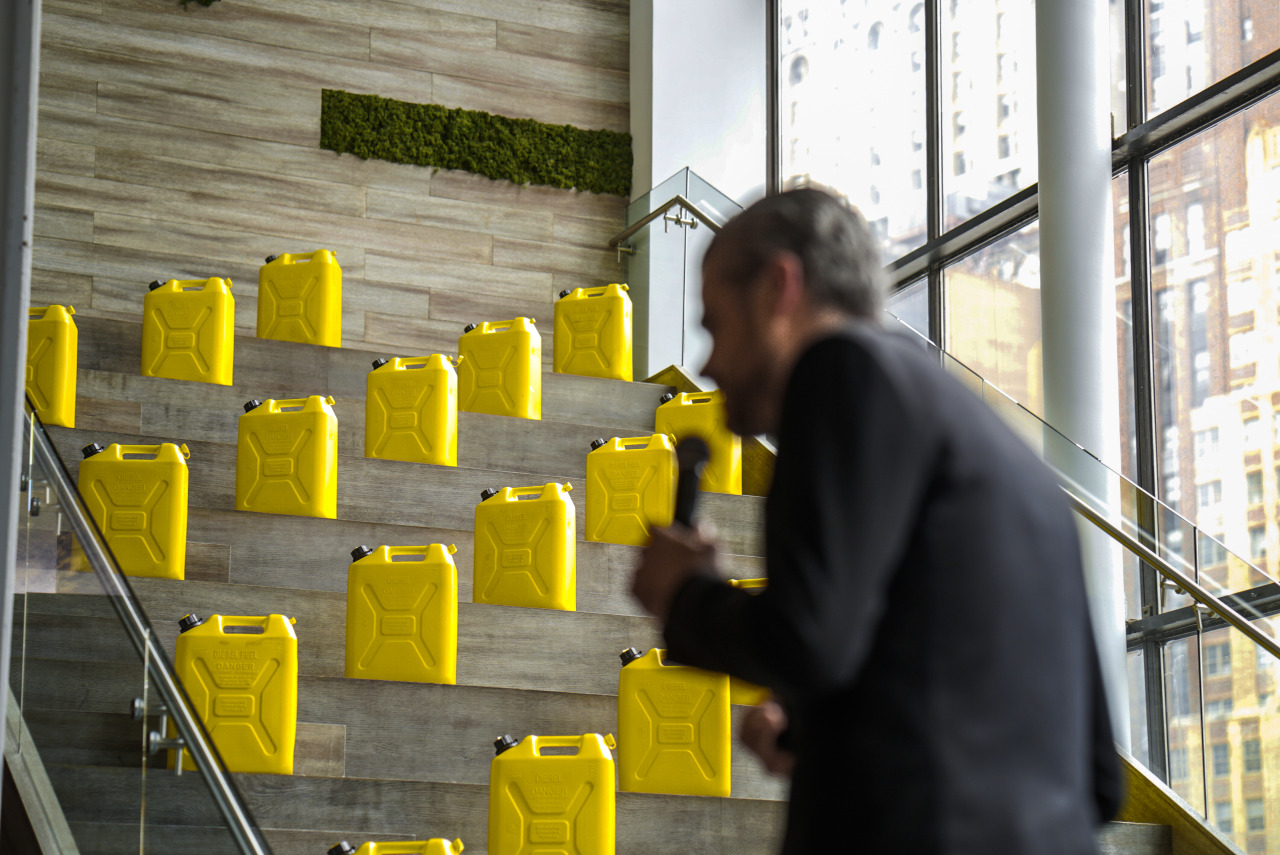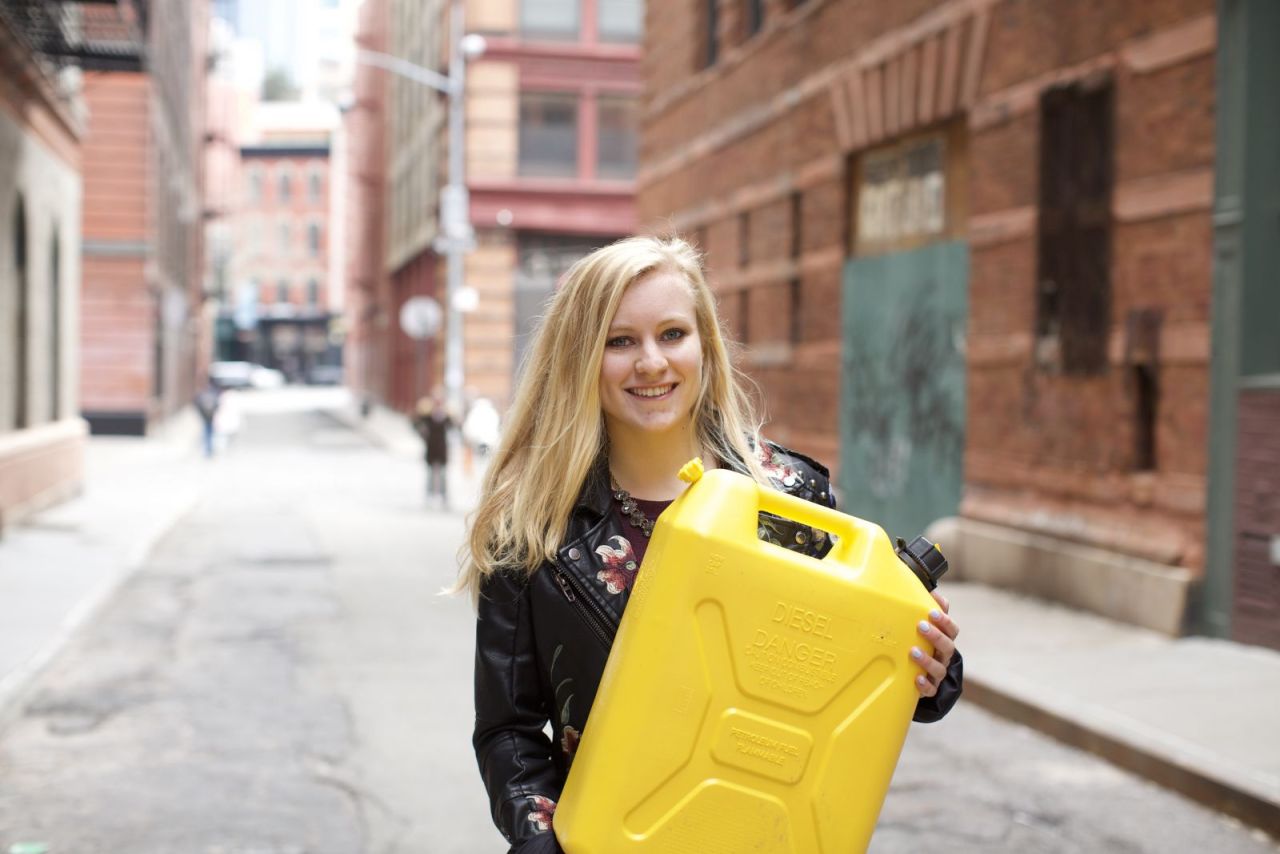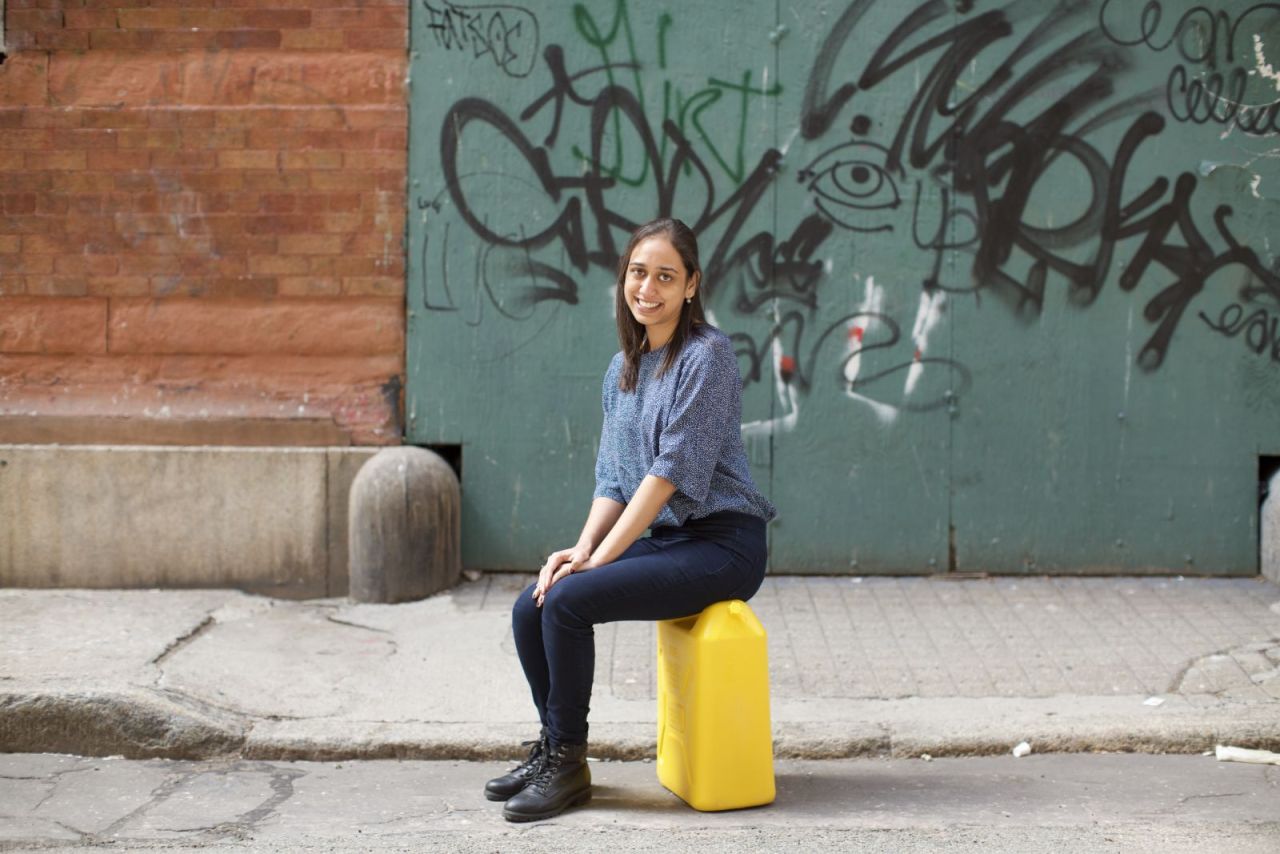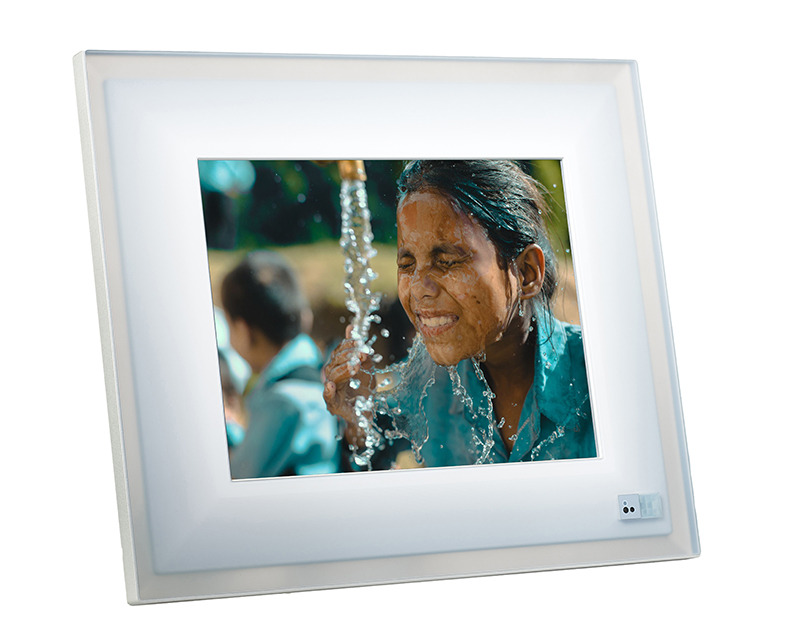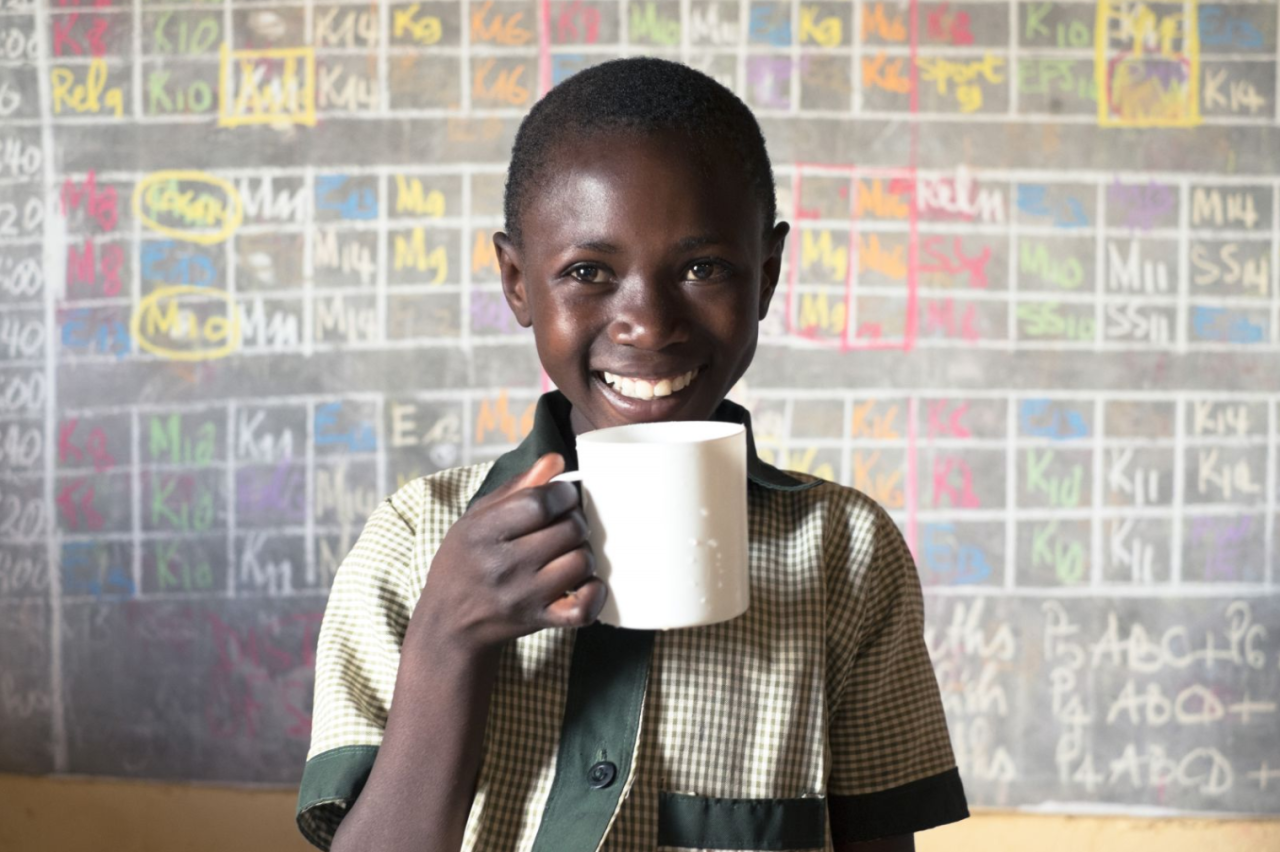From the field: keep the girls at school.
What did you care about when you were in the fifth grade?
Getting A’s or +‘s on your report card? Riding your bike?
Whether you’d make the first rounds in being chosen for a kickball team?
How about what would happen when you left school to walk a mile by yourself to use the bathroom?
Your school probably had restrooms. And you wouldn’t dare walk home by yourself, even if your house was within a mile from your school. You likely didn’t have to worry about this.
Khadija did.
Khadija’s story.
Talking toilets — it’s not comfortable. But Khadija’s eager. She stands straight up, hands at her sides, in her school’s small yard, waiting patiently in the misty aftermath of Bangladesh’s heavy rain.

She politely answers questions: her age, who her friends are, where she lives, what she wants to be when she grows up. But it’s obvious Khadija is ready to get to the real stuff.
She wants to tell the story of how toilets brought her back to school.
A year and a half ago, No. 57 Government Primary School didn’t have a bathroom. At first, Khadija tried using the fields close to school, so she wouldn’t have to miss so much class. She’d have a friend stand guard so that no one else could watch or bother her.
But this became “too troublesome” — two people missing class instead of one. So Khadija and her friends started using the toilets of neighbors that lived near school.
In bright green uniforms, Khadija and her classmates stood out as they walked about 20 minutes along the street to strangers’ houses to take care of their business. Boys in the neighborhood would follow them, yell at them, sometimes throw things at them. One day, a crew of kids crushed stones on top of Khadija’s head.
The teasing was about being girls, but it was mostly about being poor. “You go to the school for the absolute poor people,” they taunted. “You have to go someplace else to get water — to beg for water!”
And the retribution wasn’t just from kids. The school’s neighbors were not happy about kids using their private restrooms.
“They’d ask our teachers, ‘Can’t your students pay to use the bathroom?’” Khadija recalls. “They’d say a lot of things to our teachers, but mostly to us.”
Embarrassment set in. Khadija started missing school to walk home alone and use the toilet at her house. Her walk increased to about two-thirds of a mile; with more time on the road by herself, the harassment increased, too.
“I’d feel really bad coming to school,” Khadija said. “I’d tell my parents that the latrines at the school are bad and because the boys are bullies, I shouldn’t have to go to school.”

Last year, she missed 15 days of school as a result. In the United States, many public schools expel you if you miss more than 10 days in a year (unexcused absences).
And Khadija’s count was actually quite low. Out of the school year’s 229 days, the average days missed by No. 57 Narayanpur Government Primary students each year was 35 full days.
Girls specifically averaged 33 days missed; sometimes for sickness — 20% of students suffered from water-related diarrhea, dysentery or skin diseases last year — and sometimes to avoid harassment.
Khadija speaks about these problems in the past-tense because they’re a recent memory for her.
Now, she and more than 300 others at her school have separate latrines for boys and girls, installed by our partner Concern Worldwide. The students and teachers also received training in handwashing, personal hygiene, disease prevention and menstrual hygiene.
All of this has helped drive down the rates of waterborne illness by 15%.
The kids are healthier but more kids show up for school each day, too. Attendance and enrollment have both increased; now, 100% of students in Khadija’s area attend school.
And reports of harassment have fallen by 8%. Khadija told us she feels safer at school; she’s not the only one. Across Shariatpur, Concern Worldwide found that the increase in girls’ attendance was directly due to the decrease in abuse and harassment.
“I use the bathroom at the school — I no longer have to run to my house,” Khadija said. “Now, we don’t have those problems.”
There’s no guarantee that Khadija will never be teased again. Nor is there certainty that she’ll never have another water-related illness. But as she quickly ducked back into her classroom, narrowly missing the rain that started pelting the palms surrounding No. 57 Primary, one thing was for sure: this girl wasn’t going to miss anymore class if she could help it.
– Mo Scarpelli
charity: water multimedia producer

Why toilets?
We often get asked these two big questions about our projects that include sanitation (toilets):
Why are you putting money towards toilets? That’s not water.
Access to clean water is just the first step to reducing diseases. Safe water alone can cut the chance of diarrheal disease by 21%. But hygiene practices (like simple handwashing) with sanitation can drive disease rates down nearly 45%.
Health is one thing; dignity is another. Girls in developing countries are likely to drop out of school as soon as they hit puberty, i.e., when they start their period. Wouldn’t you, without a private, clean place to use the restroom and wash? Toilets built at schools have been shown to increase attendance, especially among girls.
What’s so bad about just going outside?
The privacy issue plays into this (explained above). And maybe you’ve squatted outside while camping sometime in your life — you’d think it’s no big deal. But imagine if all the members of your community were doing their business right in their — and your — backyards every time they had to go. Imagine that you walked to school or the store or work through trails of other peoples’ excrement.
People living in areas with open defecation live every day with a high risk of getting and spreading waterborne illnesses. And while diarrhea may be something you can cure with a little Pepto here, in developing countries, it’s often deadly, especially for kids under the age of five.

More about Concern Worldwide’s work in Bangladesh.
charity: water’s projects for schools in Shariatpur, Bangladesh, are part of the Amader School Project, a program implemented and managed by our local partner, Concern Worldwide.
ASP launched in Oct. 2006 and has since improved education and student health for more than 150 schools across Bangladesh.
The goal is to improve learning achievement in the classroom, increase attendance and retention of students and to make sure the poorest families have access to education.
Water and sanitation projects are an essential piece of ASP. Through charity: water’s projects at schools in Bangladesh, more than 59,000 people have received access to clean drinking water and latrines.
Concern’s local teams manage project construction and form local groups to look after the projects and handle hygiene training. They work with the local government to test the water quality of each well. And, they gather data from each area to track the impact of the projects.
Here’s how Concern’s ASP program uses water and sanitation to bring kids to (and keep them in) school:

Khadija’s story is just one example of how water and sanitation projects at schools can make kids at these schools healthier, more prepared to learn — and even safer. We’re proud to partner with Concern Worldwide to enact change at schools in Bangladesh.
Learn more about
*Sources: Concern Worldwide, World Health Organization, UNICEF.

